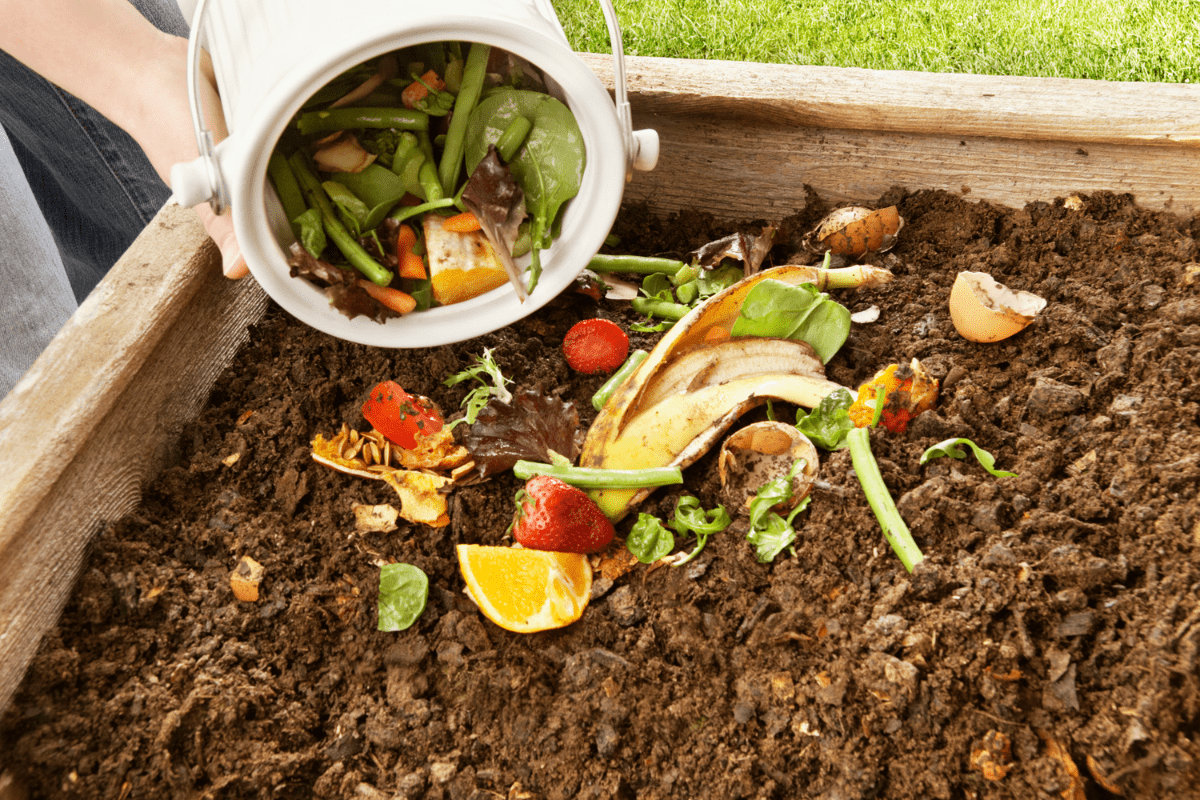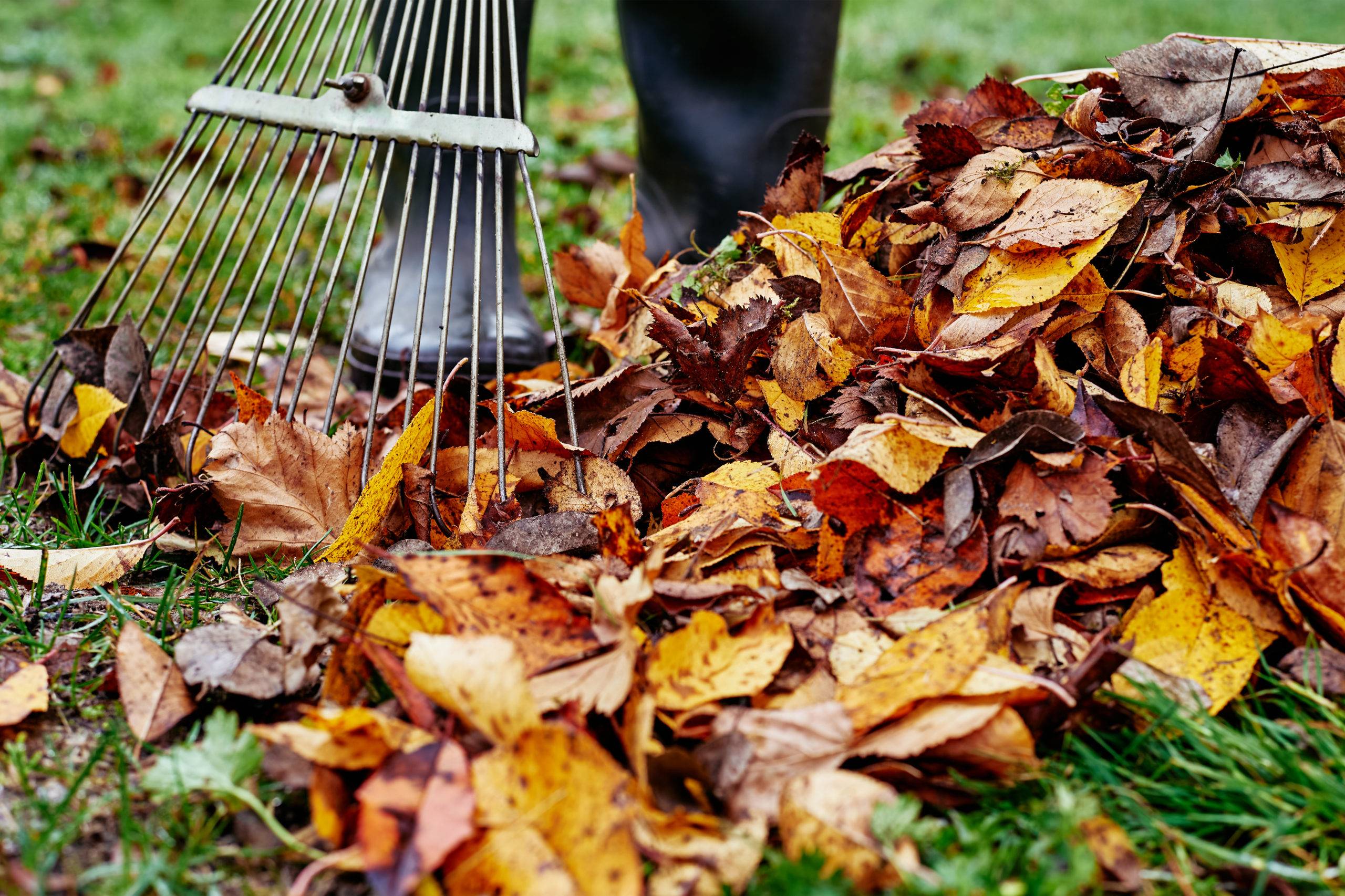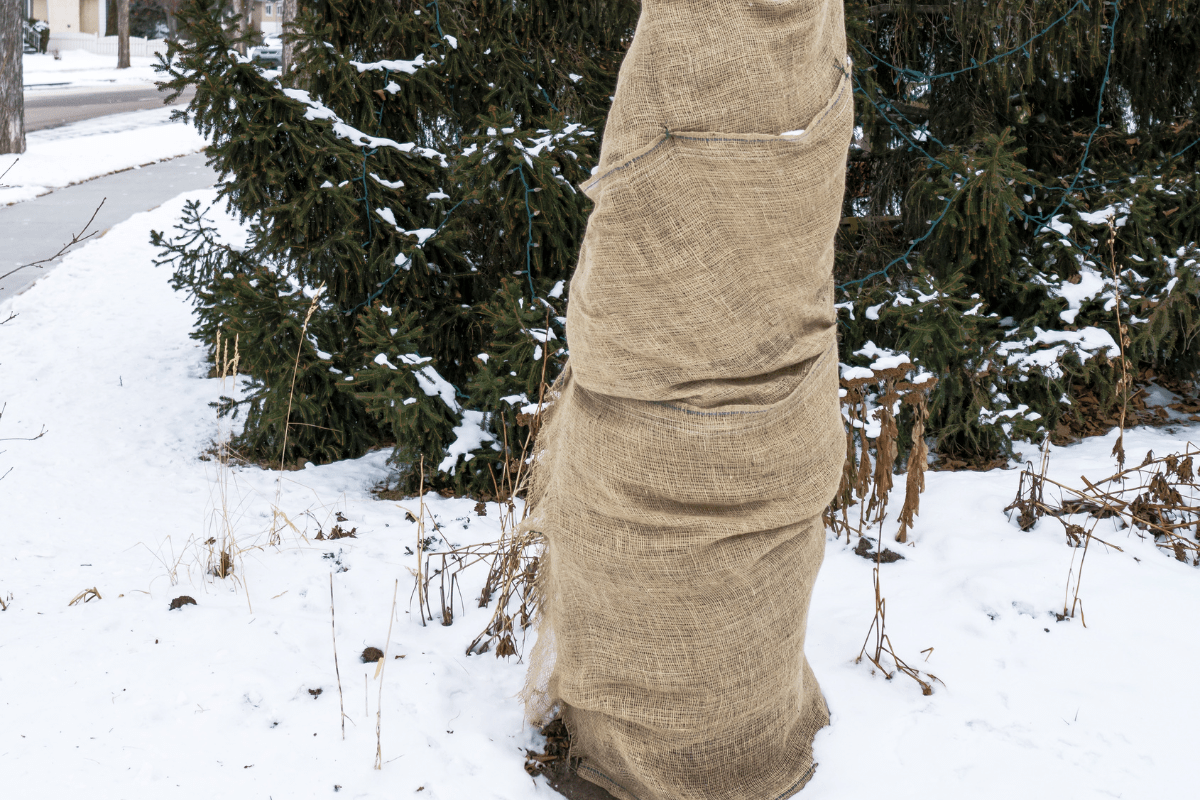After a long summer, you may be happy to put the weeding and pruning behind you, but your work isn’t quite finished yet! If you want to have a successful garden next summer, it’s important to prepare it for winter. It’s crucial to put your garden to ‘bed’ (pun intended) before the cold weather hits. Plus, it gives you an excuse to get outside and enjoy the late autumn breeze before the cold weather hits.
In this article, we will outline some useful steps to help you prepare your garden for winter. Trust us, you’ll be thanking us next summer!
1. Cover up garden beds
You’ll want to add compost in late autumn to let the soil absorb those nutrients over the winter, even though most people do it in the spring. Before the ground freezes, add a couple of inches of compost on top of your beds, and then add a light layer of straw or mulch to prevent soil decay, nutrient leaching, and weed growth.
Another option for vegetable gardens is to just cover your beds with black plastic or a layer of cardboard, leaving it in place through the winter until you’re ready to plant in spring. This will kill existing weeds and suppress sprouting seeds.

2. Prepare perennials for winter
Water your flowering shrubs in the fall; they will thank you for it over the winter. Many perennials can be cut back in the spring, but it can be better to prune some perennials earlier to avoid spreading diseases, such as powdery mildew. This is especially common in bee balm, phlox, and hostas.
When pruning, wait until the ground has frozen hard and the foliage has died. Leave about three inches of stem and mulch them with a thick layer of leaves or straw. Cover the area with mulch or heavy plastic to discourage emergent weed growth when the ground warms up.
3. Prepare trees and shrubs for winter
Do not prune trees and shrubs right before winter. You want to wait until next spring — even if they look overgrown. When you prune, you remove tissue and will open wounds that will not have time to heal before the cold weather arrives. Pruning also fosters a tree or shrub to attempt to grow, but any new growth created in the fall is likely to be killed because it has not had enough time to harden off or become woodier.
If you get heavy snowfalls, cover small trees and deciduous shrubs with a wooden structure to protect them. You could also drive stakes into the ground at four corners around the plant and wrap burlap or heavy plastic around the stakes, securing it at the top, center, and bottom with twine.
For immature fruit trees, it’s ideal to wrap the tree’s lower trunk with a pest-proof tree wrap, which will deter mice and voles from gnawing on the tree’s bark during the winter. Tree wrap will also help to stop winter injuries caused by sudden thawing. The combination of warm, sunny days and still-freezing nights in late winter can cause the thin bark of young trees to split. This is especially prevalent in trees with southern or southwestern exposure. Wrapping their trunks with tree wrap or otherwise shading them from the winter sun can stop bark injury.
4. Manage your compost
You’ll want to make sure you turn your compost pile or the contents of your compost bin one more time before hard frost. This introduces oxygen and speeds decomposition.

5. Feed your lawn
The most influential application of the year occurs in the fall. If you haven’t done it, it is not too late. Apply a lawn fertilizer in autumn. Come spring your lawn will thank you by greening up quickly with much greater resistance to snow mold and brown-out.
6. Hill up your roses
This is one of the later jobs around the garden before you batten down the hatches. Mound the garden soil to a height of 50 cm around the base of each hybrid tea, floribunda, grandiflora, and miniature rose bush. A plastic rose collar will help you do an even more satisfactory job. You may water roses regularly through the fall, but refrain from fertilizing starting six weeks before the usual date of your first fall frost. Remove any dead or diseased canes.
7. Add in leaves
Rake the last of the fallen leaves off your lawn and into your garden. Run over the leaves with your lawnmower before raking them onto the surface of the gardens. Worms will pull the leaves down into the soil come spring, nourishing it.

8. Wrap your cedars
You’ll want to wrap burlap around cedars and evergreens that are exposed to wind. Two layers of inexpensive burlap around all evergreens will help prevent snow damage. Snow can be quite heavy if it piles on top of your cedars. The burlap will protect against salt spray from the melted snow on a nearby road, especially on the east side of the road, and will also help against sun scald in late winter when the sun reflects off a clean, white layer of snow onto evergreen foliage.

You're reading 8 Steps to Prepare Your Garden for Winter, originally posted on Decoist. If you enjoyed this post, be sure to follow Decoist on Twitter, Facebook and Pinterest.
from decoist https://ift.tt/oNqGwQd

0 comments: